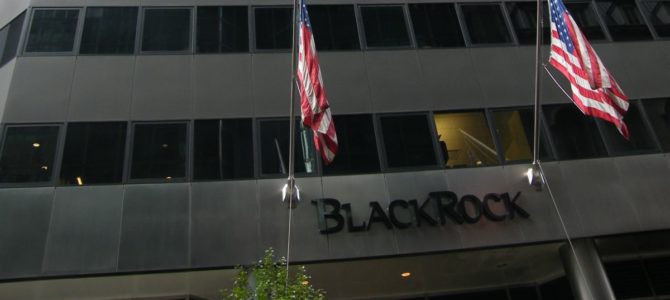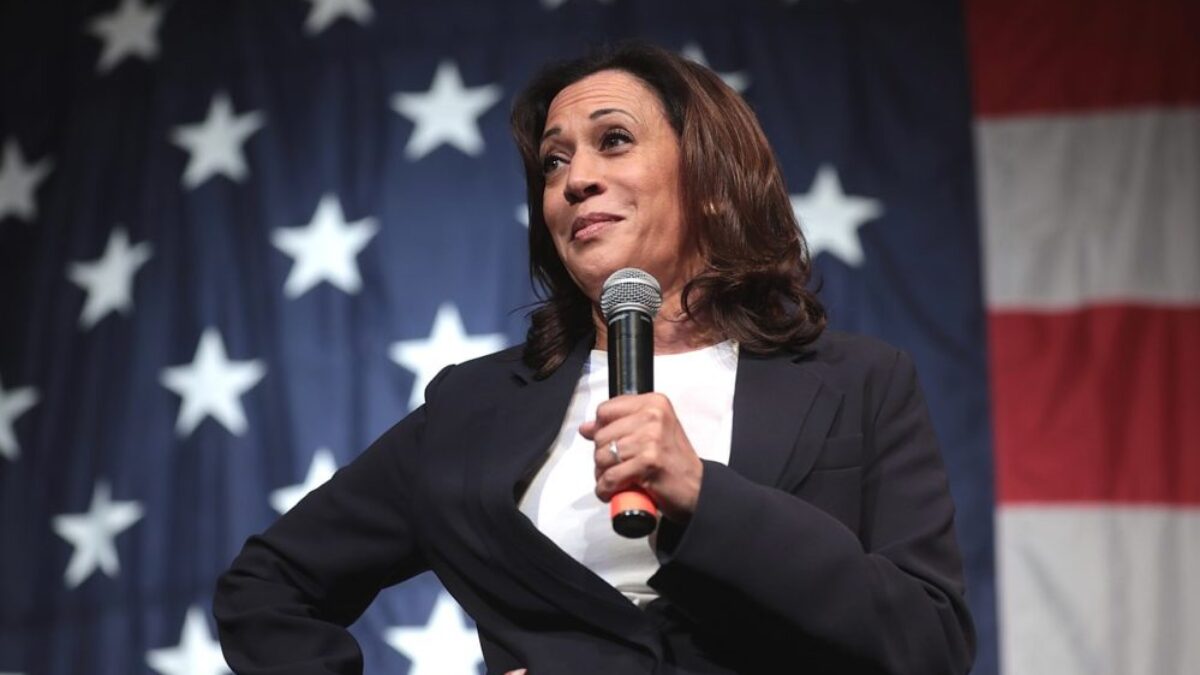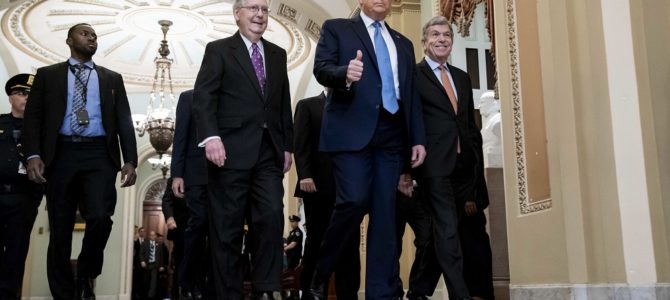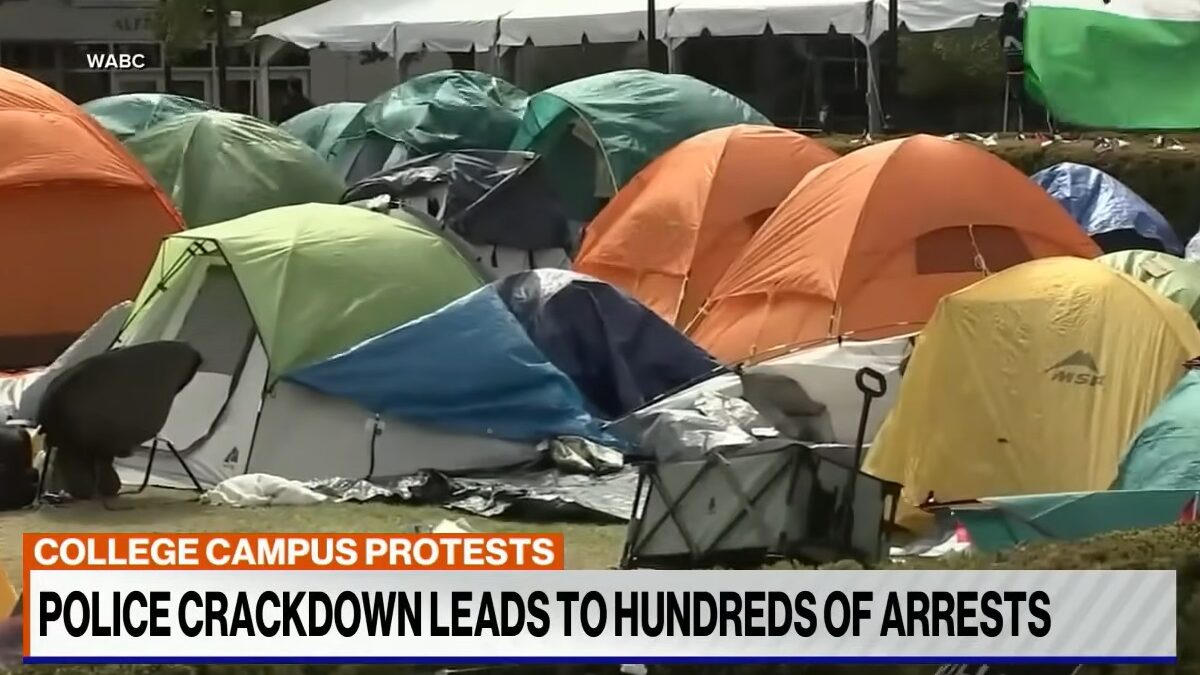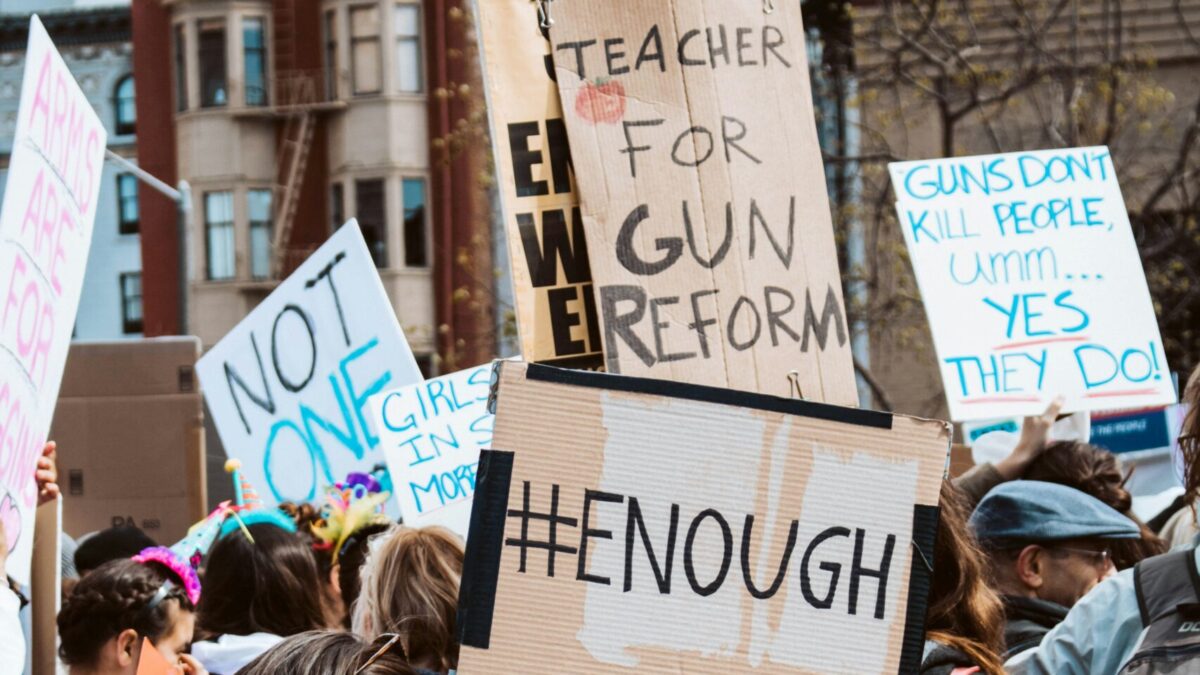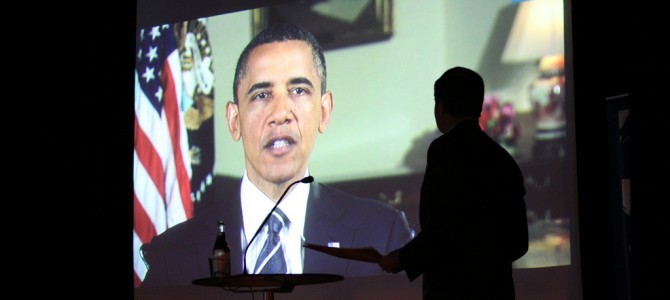
It can be difficult to keep track of all the untruths the Obama administration has told in the process of selling Obamacare to a disbelieving public, and it is tempting to write these all off as history, more than four years later. But the untruths have never stopped coming. A House oversight report released last week reveals that the administration has been misleading the public about the likelihood that it will have to bail out insurance companies that sold policies under Obamacare.

I highly recommend you read both the report and Jeffrey Anderson’s excellent story in The Weekly Standard summarizing it, as well as Phil Kerpen’s blow-by-blow of the emails at The Federalist. The upshot is that, even after the administration’s hard sell and coercive mandates forced millions of Americans to buy policies from the big health insurance companies, we should expect a billion-dollar bailout of those companies because the mix of people buying them is older and sicker than projected (unexpectedly!), and we should expect going forward to face a choice between premium increases and even bigger bailouts.
The Oversight Report covers a variety of close contacts between the administration and the insurance companies, which in and of themselves are an eye-opening up-close look at corporatism in action and the sheer hypocrisy of an administration that loves to bash insurers publicly while working hand in glove with them and catering to their needs behind the scenes—an administration where, by President Obama’s own account, he commonly asks CEOs why they aren’t spending more of their shareholders’ money lobbying for his policies on immigration, the environment, and education. The quid pro quo in that arrangement is that administration carrot-and-stick control over the big insurers has kept many of them publicly on the reservation, parroting pro-Obamacare talking points and shying away from public criticism, all so the administration can tout their silence as proof the program’s critics are all wet. There’s only so much you can blame the insurers, who after all are for-profit companies that by now have no real choice but to do business with Leviathan. But we’ve come a long way from the idealistic “new politics” rhetoric of 2008 to the grubby details of bailing out big corporations from a mess entirely of this president’s own making.
The bailouts are at the heart of this web of deceit. Pre-Obamacare, insurers had to price their policies mainly by reference to market forces (albeit in an already heavily-regulated market): charge enough to cover the actuarial cost expected for each enrollee, but not too much to lose business. Guess wrong and you lost money. But under Obamacare, consumers no longer have the choice whether or not to buy policies, and insurance companies no longer face any risk of losing money, because they’ve been promised a bailout. Money will still be lost, but it will be taxpayer money, and you never run out of that, do you?

Obamacare Enrollees Older and Sicker Than Projected
Obamacare has three separate programs (the “3Rs”) that make up this bailout: Reinsurance, which pays companies to subsidize particular policies; the Risk Corridor program, which taxes companies that end up with less-expensive mixes of policyholders and subsidizes those that have more-expensive mixes; and the Risk Adjustment program, which does the same at the insurance plan level. The mechanics of these are all more complex than that (but trust them, they have top men working on all these details), but the general idea is that, if Obamacare works as projected, the Reinsurance program will provide a subsidy of up to $20 billion over the next three years, but the other two programs will be budget-neutral. In other words, there will be an equal balance of winners and losers subsidizing their fellow comrades in glorious workers’ paradise without pestering the taxpayers.
But the data provided by the insurers—insurance companies and co-ops covering about 80 percent of the market, from which the overall numbers are extrapolated*—makes clear that the administration’s public stance of no-net-bailouts is at odds with what those insurers expect and have been telling the White House:
As of May 2014, twelve of the 15 traditional health insurers expect to receive payments from the Risk Corridor program, one of the insurers expects to make payments into the Risk Corridor program, and two insurers expect no net payments. These 15 insurers project they will receive approximately $640 million in net payments through the Risk Corridor program for the 2014 plan year.
…Although the Risk Adjustment program is required to be budget neutral, many more insurers expect to receive payments than make payments. As of May 2014, the companies surveyed by the Committee expect net payments through the Risk Adjustment program of about $346 million. Moreover, insurers expect to receive nearly twice as much in net Risk Adjustment payments than they did on October 1, 2013. This provides additional evidence that insurers expect enrollees in ObamaCare-compliant plans to be less healthy than originally anticipated. In fact, enrollment information provided by insurers show that insurers enrolled a much older risk pool, on average, in their ObamaCare-compliant plans than they anticipated.
While the exchange plans were always susceptible to adverse selection because of how expensive the law made insurance for younger and healthier individuals, several delays and modifications to the law by the Obama Administration worsened the adverse selection problem….Insurers directly lobbied the White House for the Administration to make the 3R programs more generous to insurers, and the Administration obliged. Insurers and co-ops now expect a third more from the Risk Corridor taxpayer bailout than they did on October 1, 2013. It is impossible to know how much of the increase in the industries’ expectation for the size of the bailouts is the result of a less healthy exchange population than originally anticipated and how much of the increase is from the Administration’s rule changes to make the bailouts more generous…[emphasis added]
This is, as the Oversight Report notes, dramatically different from the February 2014 Congressional Budget Office analysis that Democrats uniformly trumpeted as evidence there would be no net bailout; the House went straight to the insurers because “the CBO estimates were inconsistent with widespread sentiment among actuaries and health policy experts.” The actual insurance company data paints a picture quite different from the CBO’s report, in part because (as set forth in the graph at the top of this post), the mix of enrollees has turned out to be older and likely sicker than projected, mainly due to a drastic shortfall in the enrollment of families with children (always a demographic overlooked by this administration). In other words, as usual, reality has failed to conform to the assumptions provided to the CBO. As the report notes:
The large increase in insurers’ expectations for Risk Corridor payments and Risk Adjustment payments between October 1, 2013, and the present are consistent with recent media reports about a high degree of adverse selection in exchange plans. An April report from Express Scripts, a pharmacy benefits manager, showed that early exchange plan enrollees were spending much more money on drugs than individuals in group plans. On June 24, 2014, the Wall Street Journal reported that exchange enrollees are about 70 percent more likely to have significant health issues than people enrolled in the individual market in 2013. According to an analysis of the early claims data, healthy individuals largely chose to keep their existing non-ObamaCare-compliant plans while those with greater health concerns have opted for exchange coverage. Patrick Getzen, chief actuary for Blue Cross Blue Shield North Carolina, told the Wall Street Journal, “[i]t’s even worse than what we thought. … We’re seeing more chronic conditions than we would have expected.”
The Committee has obtained two pieces of information that further demonstrate that people enrolled in exchange plans are significantly older and less healthy than initially expected by insurers. The first is that insurers anticipate much larger payments through ObamaCare’s Risk Adjustment program than they did on October 1, 2013. The second is that insurers have reported to the Committee that they have enrolled a substantially older population in their exchange plans than they projected prior to October 1, 2013.
Obama White House Is Warned, But Downplays Risk
The Oversight Report details the communications between insurance company executives concerned about potential mounting losses and Valerie Jarrett and other White House officials who were eager to keep them singing from their script, and who eventually agreed to a more generous bailout package in order to tamp down pressure to raise rates even further than planned. Anderson summarizes a key exchange:
[T]he administration declared that the risk-corridor program would be budget-neutral. In reply, according to the Oversight report, CareFirst Blue Cross Blue Shield CEO Chet Burrell emailed Jarrett and then talked on the phone with her later that same day. The next day, he emailed her again, attaching a memo that said, ‘Until very recently, the position of the Administration had been that the law requires the Federal government to fully fund the Risk Corridor payments if amounts paid in by the ‘winners’ turn out to be inadequate — as they likely will.’ Otherwise, he added, ‘carriers will have to increase rates substantially (i.e., as much as 20% or more beyond what they would otherwise file) to make sure that premiums adequately reflect expected costs.’ In other words, the administration had a choice: provide a bailout, or face the unpleasant prospect of having insurers price their products honestly.
…Soon thereafter, the Obama administration abandoned the claim of budget-neutrality, writing in a release from Health and Human Services (HHS), ‘In the unlikely event of a shortfall for the 2015 program year, HHS recognizes that the [Patient Protection and] Affordable Care Act requires the Secretary to make full payments to issuers. In that event, HHS will use other sources of funding for the risk corridors payments, subject to the availability of appropriations.’
So, the administration was continuing to call a bailout “unlikely” as insurance company CEOs were warning the White House that the industry believed it was in fact “likely,” and were pressuring the White House to guarantee a bailout precisely for that reason. As the Oversight Report details, the expected bailout has increased significantly since the October 2013 launch of Obamacare, and now tops $1 billion. And as Anderson details, there is no way Congress will appropriate money for such a bailout, and the administration’s basis for claiming it can be funded without an appropriation is exceptionally shaky. But then, this White House won’t be stopped by such minutiae as Article I, Section 9 of the Constitution.
Rate Hikes A-Comin’
All of this matters because rate hikes are on their way, and the bailout appears to be the only thing holding them back from getting even worse. We just saw Florida insurance regulators project a 13 percent increase in premiums for 2015, some of which will hit policyholders and the rest of which will—like the bailout—be absorbed by taxpayers. This is in line with other states as well:
According to officials in the State of California, insurance premium increases in the first year of the Affordable Care Act (ACA), also known as Obamacare, ranged from 22 percent to 88 percent….According to press reports, they will rise by an average of 15 percent in Indiana, 12 percent in New York, 11 percent or more in Arizona, 11 percent in Iowa, 5 percent in Delaware…by double digits in Tennessee and Louisiana, and as much as 15 percent in Virginia. More and more states are likely to announce rate increases in the weeks ahead.
The administration’s fear of unpopular rate hikes seems to have motivated the bailout, as the insurers were pointedly warning Jarrett that she needed to move to reassure them on bailouts before the next set of deadlines for publicly filing their next year’s rates. There’s an election coming, after all.
As the Oversight Report notes, even with all of this governmental support, a number of the co-ops and at least a few insurance companies seem to be underpricing policies in a way that will be unsustainable and lead to ever-growing demands for bigger bailouts down the road, creating a fiscal death spiral for the program:
[T]axpayers appear to be on the hook for bailing out co-ops that significantly underpriced their plans in 2014. Moreover, policyholders with coverage through these co-ops should expect large premium increases in future years when the co-ops can no longer rely on taxpayers to heavily subsidize their revenues.
In addition to the co-ops, many other insurers also appear to have underpriced exchange plans for the 2014 plan year, likely due to their expectation of receiving a taxpayer bailout. The Committee has learned that, as of October 1, 2013, many large insurers expected to receive payments through the Risk Corridor program. Of the 15 insurers, six expected payments through the Risk Corridor program prior to the start of open enrollment while none expected to make payments into the Risk Corridor program.
Obamacare is the gift that keeps on giving—from you to a big industry that President Obama only pretends to hate.
*The Oversight Report’s estimates are based on the White House’s frequently touted figure of seven million Obamacare enrollees, although it expresses skepticism about that as well (see page 15 of the report).


